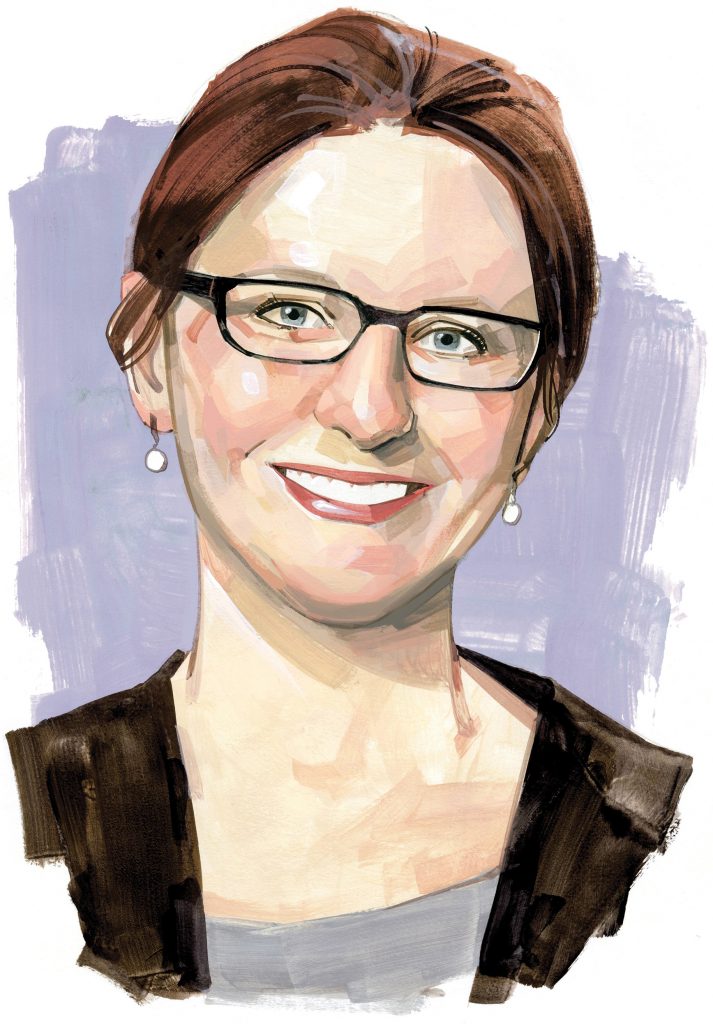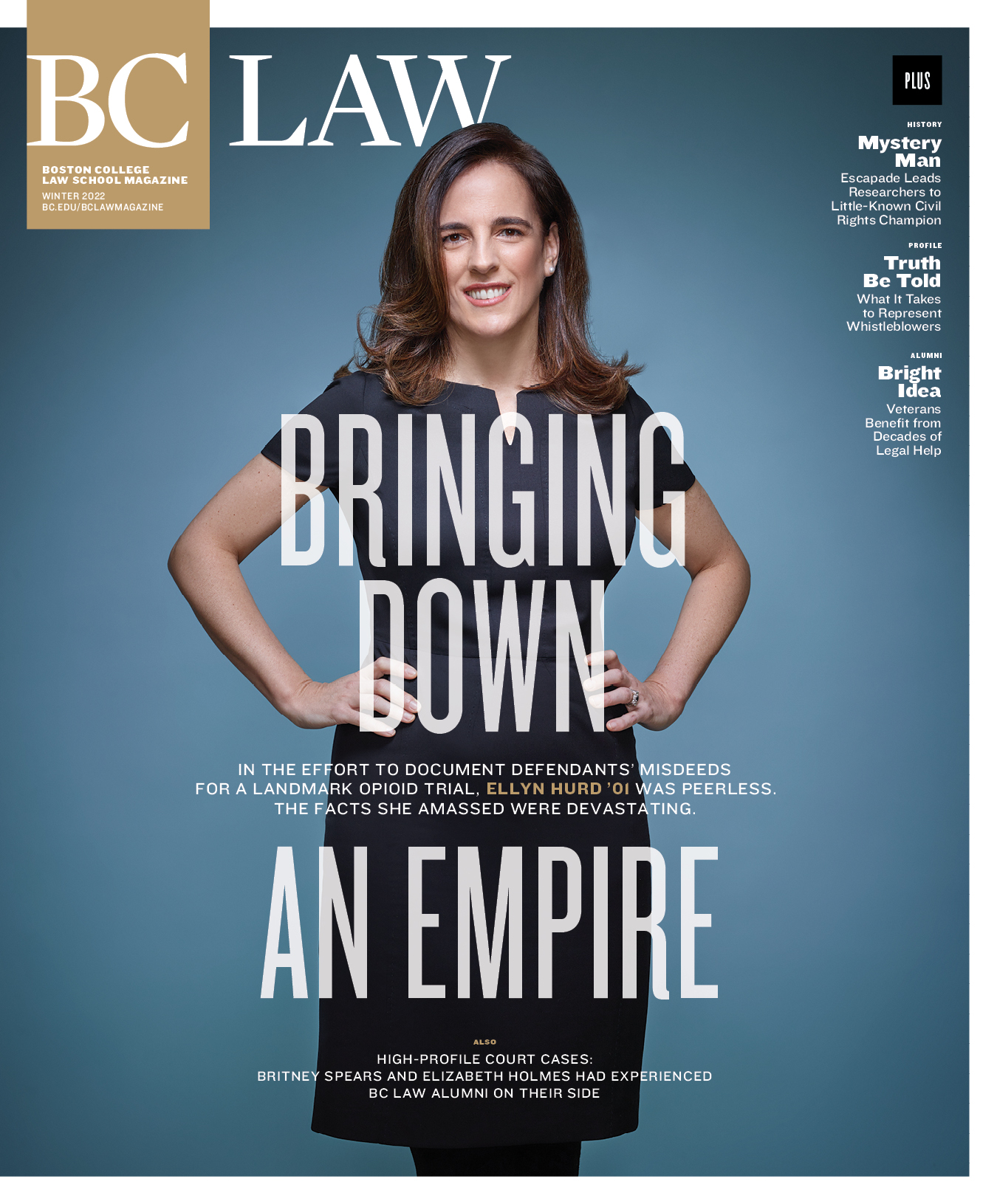Pocket Resumé
Degrees: JD, Yale. MA in International Policy Studies and BA, Stanford. Credentials: Associate, Cleary Gottlieb Steen & Hamilton. Associate Research Scholar and Executive Director of the Yale Law School Center for the Study of Corporate Law. Faculty member teaching corporate law, employee benefits law, and other courses, Boston College Law School, 2014-present. Articles: Iowa Law Review, Journal of Corporation Law, Yale Journal on Regulation, and other publications. Service: Past Chair of AALS Section on Employee Benefits and Executive Compensation.
The Idea: Professional employer organizations (PEOs), a kind of for-profit business, perform human resource functions for small employers, including the provision of retirement plans. By pooling investments from employees at numerous workplaces, PEOs seek leverage and scale that should translate into lower plan expenses. However, empirical analysis of hand-collected data suggests that the total plan fees for existing PEO plans are significantly higher than the fees for single-employer plans of comparable size. If PEOs had to make fuller disclosures in their annual Department of Labor (DOL) filings, employers, employees, and third parties could more easily monitor and compare PEO plans, and the DOL would get key information necessary to protect the retirement savings of some four million Americans.
The Impact: A 2020 article in the Journal of Corporation Law has been making a splash in the financial press, with a 700-word recap in InvestmentNews and shorter summaries in Bloomberg Law, Human Interest, FiduciaryNews, and BenefitsLink. The article and two others by BC Law Professor Natalya Shnitser also caught the eye of a staffer for the senate president of a high population industrial state, who reached out to Shnitser and has been getting her input on how lawmakers might protect retirement savings from unreasonable fees. By way of explaining the PEOs’ rise, Shnitser points to their sales pitch to employers: Your core competency isn’t benefits administration; let us worry about that. After all, as she puts it, “Not every small business needs to run its own retirement plan.” An estimated 173,000 businesses, with roughly 4 million total employees, have turned to PEOs. Shnitser credits the PEOs with expanding access to workplace retirement plans, but she worries that some PEOs are taking advantage of inadequate government oversight in an area where the law hasn’t caught up with reality.
In addition to claiming expertise in retirement plan administration, PEOs, by bundling assets from workers at multiple businesses, attain the size to reduce administrative costs and get favorable deals from investment firms. A few years ago, Shnitser set out to see if those things were really happening, by looking at Department of Labor filings by retirement plan sponsors. It was a monumental task. The professor and her research assistants examined almost 3,000 filings. Because filings by PEOs don’t look any different from filings by other sponsors of multiple-employer retirement plans (MEPs), including those run by trade associations and corporate conglomerates, the researchers had to look up the name of every plan sponsor, determine which were PEOs, and then examine the fees the plans were charging.
Professor Shnitser credits the professional employer organizations with expanding access to workplace retirement plans [for small businesses], but she worries that some PEOs are taking advantage of inadequate government oversight in an area where the law hasn’t caught up with reality.
What they found should concern public policymakers, not to mention workers hoping to build a retirement nest egg. On average, Shnitser writes, PEO plans charged .86 percent of assets for administrative fees, more than 2.5 times the average administrative fee for single-employer retirement plans. Total fees, including administrative and investment costs, were also much higher for the largest five PEO-sponsored plans than for similarly sized single-employer plans.
Granted, these differences amount to fractions of a percentage point, but as Shnitser notes, seemingly small differences in fees, compounded over a working life, can cost a retiree “thousands of dollars in foregone savings.” By law, employers must oversee the work of PEO sponsors of retirement plans, but in practice many don’t. For one thing, Shnitser says, the law has gone largely unenforced. For another, management may let down their guard, thinking, “Let another client company worry about it.” Finally, a business that lacks the expertise to sponsor a retirement plan may find it challenging to oversee a PEO sponsored plan, especially when apples-to- apples comparisons of fees are difficult to obtain.
Shnitser takes some comfort from draft regulations proposed last September by the DOL. In written comments to the department, she observes that the draft rules advance the state of play by further standardizing fee disclosures and by requiring PEO retirement plans to identify themselves as such in filings. However, Shnitser raises the concern that under the DOL proposal, PEOs that sponsor “pooled employer plans” or PEPs—a new type of plan created by Congress in 2019—would be subject to more stringent disclosure requirements than PEOs that sponsor MEPs despite extensive similarities between the plan types.
Shnitser admits that all the talk of PEOs, PEPs, MEPs, and so on takes her deep “into the weeds.” But regulations that determine how such entities are governed “affect retirement security for mil- lions of Americans,” she says. “That’s why I devote so much of my time to looking at these details.”



